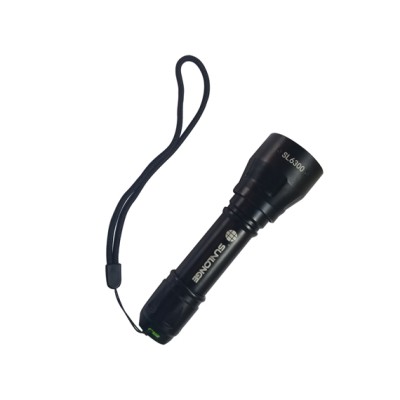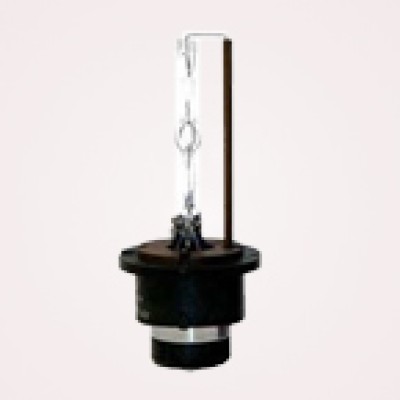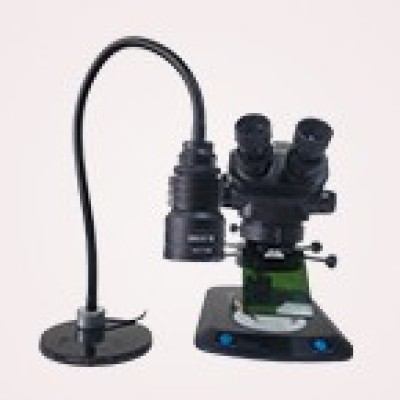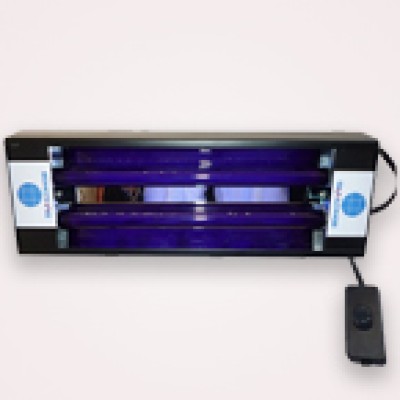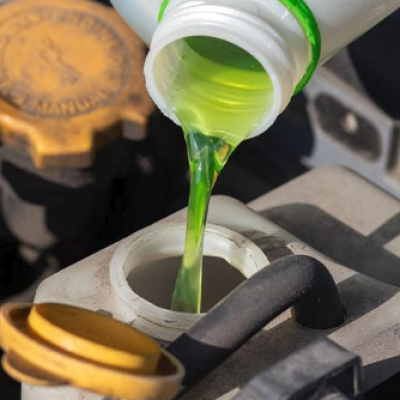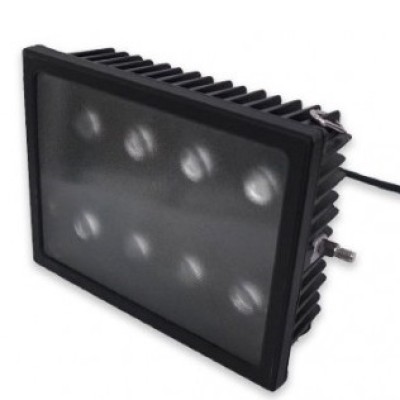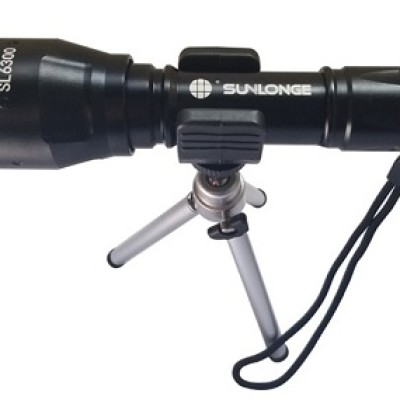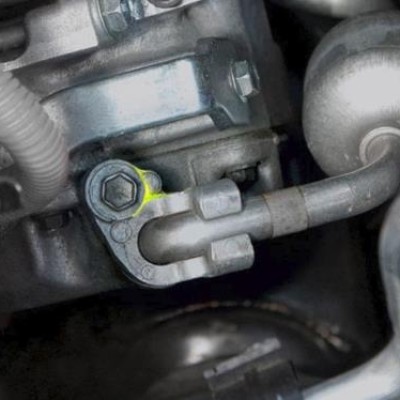Introduction
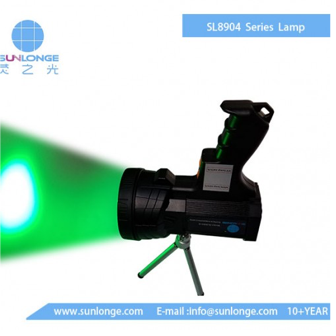
Under the rapid technological advancement, the number of lighting products has increased significantly. Considering the diverse characteristics of each inspection operation, technicians are expected to find the most suitable surface inspection lamp to maximize its effectiveness. In the past, this process was commonly done by random guessing. However, to increase the efficiency, a better approach can be adopted by considering different factors of the task.
Factor #1 – Surface
- General Reflectance – The general reflectance can be typically divided into three categories, including specular surface, diffuse surface, and directionally reflective surfaces. In particular, specular surfaces are similar to a mirror with a highly polished and smooth exterior, allowing a reflection that is equal to and opposite to the incident angle. On the other hand, diffuse surfaces are rough and scatter light in all directions. As illustrated in the name, directionally reflective surfaces consist of fine grooves that provide a choice of reflection direction according to the incidence angle.
- Geometry – On top of the general reflectance of the object, the geometry of the surface also affects the illumination result. For instance, when examining an object with a curved surface, the changing slope often results in the problem of uneven illumination. In the case of a specular or directionally reflective curved surface, glinting may occur, hindering the accuracy of the test. Another geometry that requires extra attention is the prismatic parts with sharp edges or steep slopes, which may lead to shadows or glints.
Factor #2 – Size of Inspection Area
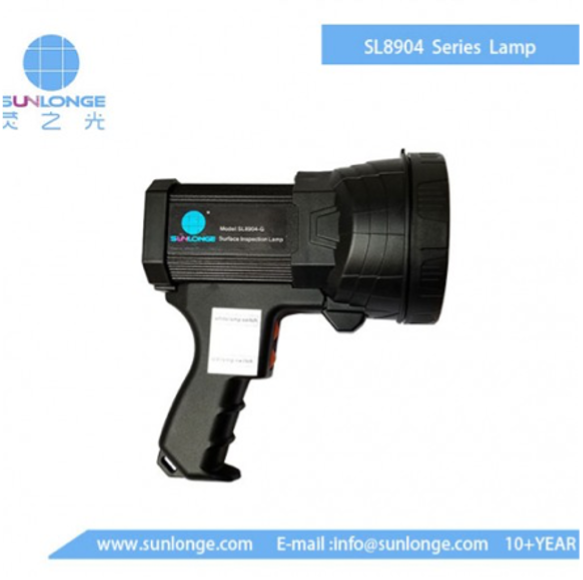
The second factor to be considered is the size of the area for inspection. Specifically, over a large area, equipment with an elevated intensity typically produces uneven illumination. In contrast, when inspecting a small component that requires little illumination, a small light source is sufficient. Accordingly, taking the areas into account, a balance between the irradiated area and intensity can be achieved. Demonstrating with the SL8904-G Green Surface Inspection Lamp from Sunlonge as an instance, carrying a light intensity of 50000 lx at a distance of 30 cm, the irradiated area can go up to 45 cm. With a stability of over 90%, it serves as the optimal measure for the quality inspection of panels and diverse materials.
Factor #3 – Light Source
Thanks to the continuous development of lighting technology, light can be produced from various sources with different characteristics.
- Fluorescent lamps – A highly diffuse cool and white side light.
- Halogen lamps – A high-intensity light source with a wide spectrum.
- Light-emitting Didoes (LEDs) – A monochromatic light that allows pulsing and strobing.
- Xenon lamps – A high-intensity light source that caters to a momentary stop of a moving part.
Factor #4 Lighting Techniques
In addition to the instrument applied, the lighting techniques utilized also play a crucial role in obtaining the ideal result in different scenarios.
- Coherent illumination – Frequently applied with a laser, coherent illumination is suitable for applications demanding for intense monochromatic light. Correspondingly, it is frequently adopted for targeting, aligning, and bar-code scanning. However, it also involves several disadvantages, including stringent safety requirements and potential specking and diffraction.
- Diffuse illumination – With the feature of uniform illumination generated from multiple directions, diffuse illumination is able to minimize the risk of glinting and shadows, therefore, making it the best measure for reflective surfaces.
- Directional illumination – Created by a localized source, technicians can easily manipulate the direction of the light, thus, being able to locate defects, for instance, burrs and pits.
- Polarized light – Considering the impacts of glints in the illumination effects, polarized light is created with the aim of reducing glints.
- Unpolarised light – In contrast to polarized light, unpolarized light is commonly found in factories and offices for lighting the diffuse parts.
Conclusion
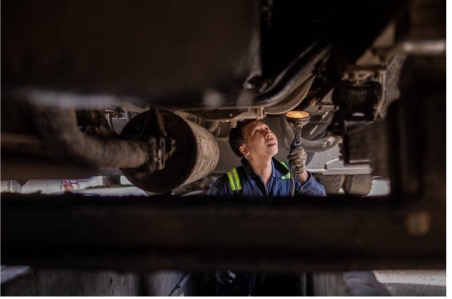
With countless lighting instruments in the market, the process of choosing a suitable instrument becomes a vital task to maximize the effectiveness of the inspection. Considering the above four factors during the preparation stage, including surface, size of the inspection area, light source, and lighting techniques, technicians can find the ideal surface inspection lampaccording to the scenario and field of application, optimizing the accuracy and efficiency of the operation.
 CN
CN

